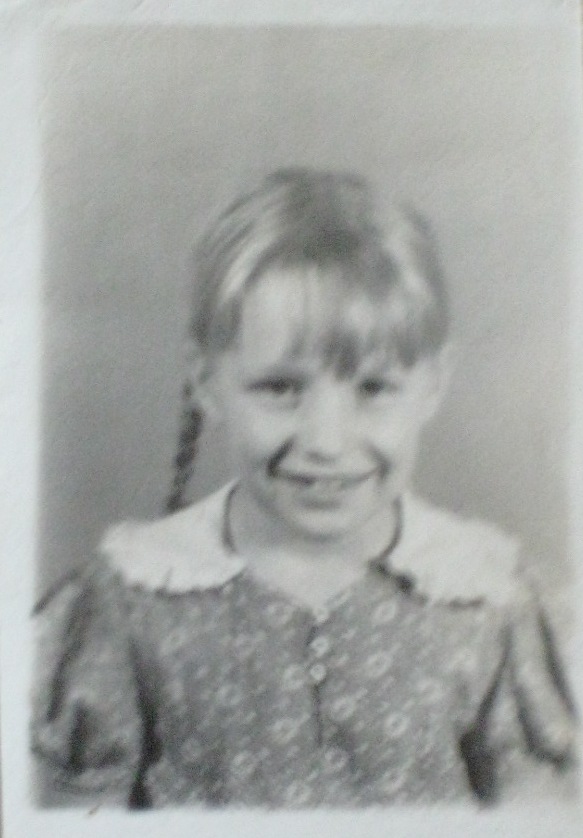
One of my friends had responded to that previous blog by saying people would think we were twins. Since that had never happened, I just gave it a smile. The first day of our trip our breakfast server asked, “Are you twins?” It would happen twice again during the trip. What I liked even better was learning at the end of the trip that our traveling companions had been guessing among themselves which of us was older.
This trip had a nice balance of group activities and free time, which could have led to one of those old-time disagreements, but we agreed on what we wanted to do with those spare hours. I’ve always been a nerd and am now proud of it. Beth has left behind her tomboy years and classifies herself as a “semi-nerd” so she gladly joined me to find our way on the tube to things like the Charles Dickens House. Our only disagreement involved whether the chatty young woman who entertained us as we went through customs in London was traveling with her brother or boyfriend. (I still contend it was her brother.)
Customs officials had evidently been alerted about the Menacing McGee Sisters as we traveled through Heathrow on our way home. I went through one lane with Beth in the next. She smiled as the security guard gave me an English pat down that puts the American ones to shame. By the time I was finished, her carryon had come through. They pulled it aside to check. She had to wait until they scanned a gazillion bottles in the bag of the guy in front of her. He who laughs last . . .
In the end, all the classy cathedrals could not compare to the sight of the humble home on Greenwood Drive as we drove in last night. Great trip, good memories, and glad to be home!
I am back and will return to my usual Monday and Friday posts with tidbits for new blogs. Consider yourself warned.




























